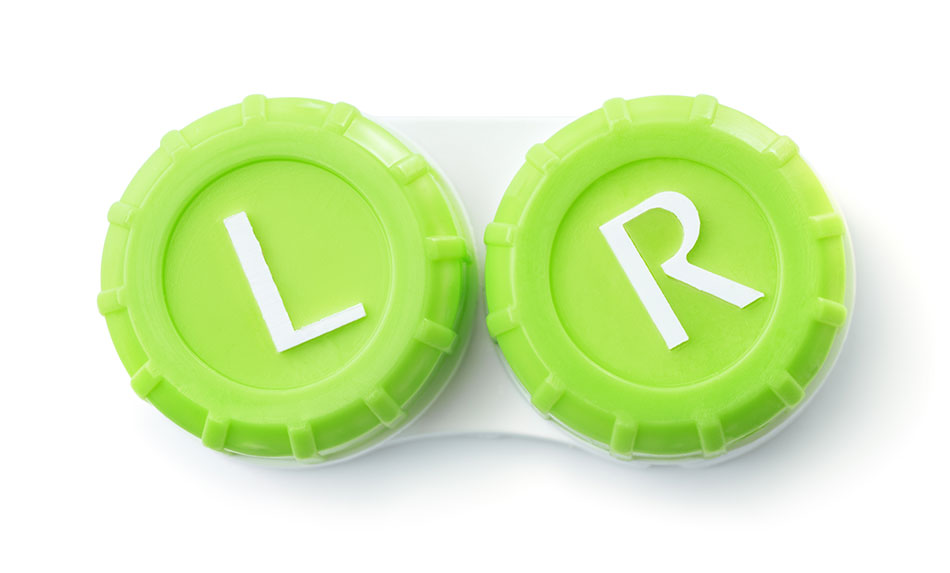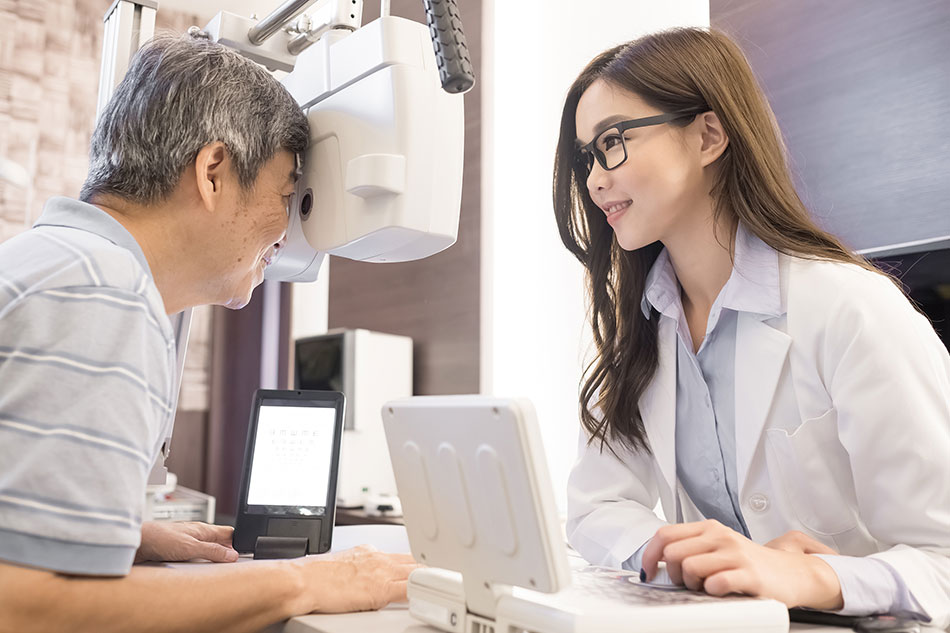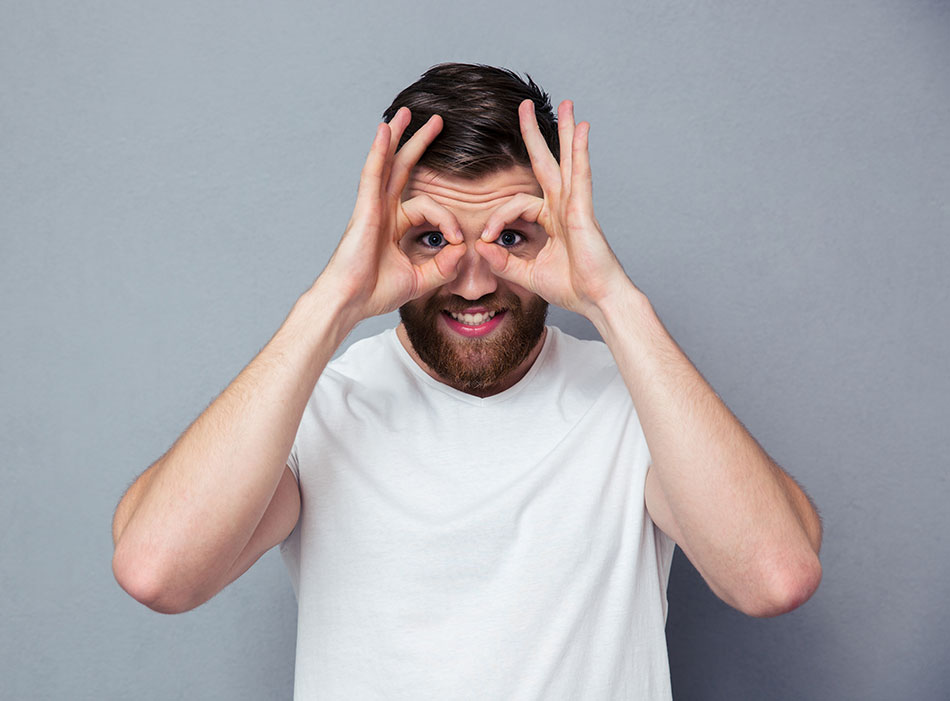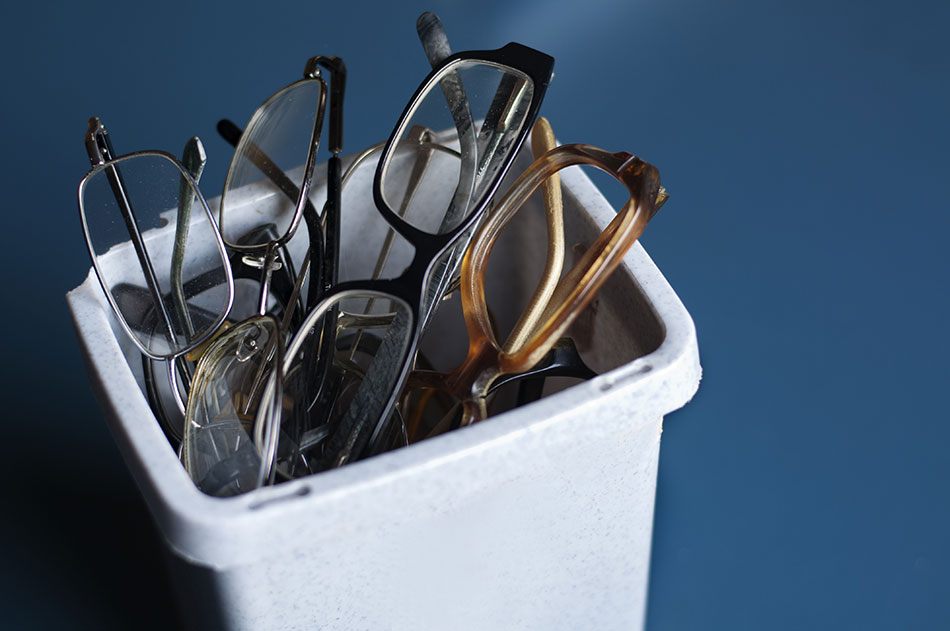How Long Will My Eyes Continue to Adjust for Monovision Contacts
7 Things You Need to Know About Monovision Contacts

Getting your contact lenses or glasses right can seem like a herculean challenge. After all, every pair of eyes is unique, and there are many vision conditions. Changes to our quality of vision happens at different rates for different people. So many variables!
On top of all that, there are tons of options and many decisions to make. So how do you choose the right vision correction solution for you, especially as you age and face new dilemmas?
One dilemma you may face once you're past 40 is presbyopia. A diagnosis of presbyopia means that your eyes can no longer focus on close objects. But this doesn't have to mean an end to the convenience of contact lenses. Your optometrist will likely propose monovision contacts. What are those, you ask?! Read on for seven things you need to know about monovision contacts!
What Are Monovision Contact Lenses?
As mentioned above, eye doctors prescribe monovision lenses to help with cases of presbyopia. This is a handy alternative to reading glasses or bifocals. Although it sounds like a special type of contact, it's actually just wearing separate prescriptions in both eyes.
You'd be given two different prescriptions; one for each eye, in order to have clear vision in everyday life. One contact lens prescription helps with near vision. And the other prescription lens supports your distance vision.
It's like having each eye specialize in a different function. They work together to give you a cohesive field of vision. By utilizing this type of vision correction, you won't have to switch glasses or to other contacts in order to see closeby or far away.
Monovision Contacts: What's the Deal?
Let's talk about why you may need monovision contacts. Presbyopia is one of many age-related eye disorders. As we age, the lenses of our eyes get more rigid and less flexible. What does that mean for our vision? Well, our eyes cannot adjust as easily as they used to to focus on objects that are close. This condition often rears its head during your early to mid-40s.
You might've seen some people holding a book or newspaper at arm's length. Doing that helps them to better focus on the text well enough to read it. But it's hard to find the right distance, and you have to squint still to read clearly.
Although reading glasses are usually prescribed to help with presbyopia, you do have choices. Monovision contacts are a good alternative to correcting presbyopia. You won't have to worry about misplacing your reading glasses anymore!
7 Things to Know About Monovision Contacts
Now that you know what monovision contacts are, let's dive into seven important things you need to know about these contacts:
1. You Need to See an Optometrist

Please don't self-diagnose! You'll need to see an optometrist for an assessment. Your doctor will make sure these contacts are the best solution for you. Then, they will prescribe the right contact lens for each eye.
Unfortunately, this is not a "set-it-and-forget-it" deal. You'll have to see your eye doctor for regular appointments. This will ensure that your contacts are still the best strength and fit for your vision as your eyes continue to change, if and when your presbyopia progresses.
2. Monovision Is a Misnomer
It's not really true that you have only one visual power with these lenses. Instead, you will use both eyes as a team. Each lens has a separate corrective power. So that means each eye will have a different prescription in order to work together for cohesive vision.
3. Your Dominant Eye Will Be for Distance Vision
In most cases, your eye doctor will use your dominant eye for regular or distance vision. The non-dominant eye is generally used for near-focus.
4. Your Overall Vision Can Be Close to Normal

Although your lenses have different corrective powers, your overall vision can be close to 20/20. The key is that both your eyes combine their strengths and improve your general vision. As a result, this eliminates the need for reading glasses or any other types of contacts.
5. You Might See the Distinction in Your Eyes
For some people with monovision contacts, the eye used for seeing things at a distance may have blurriness when viewing objects closeby. The near-vision eye may perceive distant objects as blurry too. But when both eyes are open, the overall picture is generally clear. Most people don't even notice the different "specializations" of each eye.
6. There's a Short Adjustment Period
After a little bit, your brain will adjust to the different strength or specialty of each eye. Once accustomed, most people can't even say which eye is used for which purpose. So the difference of your contact lenses is calibrated at the level of the brain. Cool, huh?
7. You Can Trash Your Readers

There's nothing like a pair of reading glasses to make you feel completely ancient! But the good news is, with monovision contacts, you won't need them. So you can go ahead and throw them in the trash! (Or better yet, donate them to a charity that collects used eyeglasses.)
Standard single vision contacts are generally used for monovision. Because they are less expensive than multifocal ones, lens replacements are more affordable. You can even use disposable contact lenses if you wish. So go ahead and try out monovision contacts!
Eyeing Other Options
Are there other options for treating presbyopia? Sure. You can use bifocal, trifocal or progressive glasses. There are also multifocal contact lenses available. You can even get reading glasses and prescription specs. Monovision contacts are just one of the most convenient options for treating this condition.
The Eyes Have It — Monovision Lenses!
There you have it: the seven things you need to know about monovision contacts.
As we've mentioned, getting the right type of contact for each eye at a monovision fitting can be expensive. It can take a bit of time, but once you've got the fitting right, you can start to save some money.
How can you save money? By shopping brand names on reputable online stores. By doing so, you won't be restricted to buying contacts solely from your optometrist. And who knows, you may just find your favorite brand of contacts on sale!
Source: https://www.lenspure.com/articles/7-things-need-to-know-monovision-contacts
0 Response to "How Long Will My Eyes Continue to Adjust for Monovision Contacts"
Enregistrer un commentaire